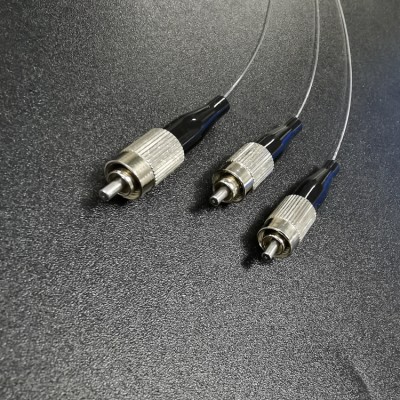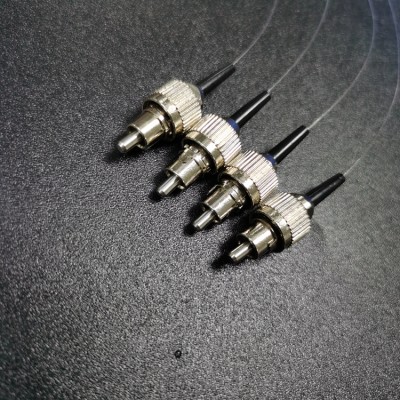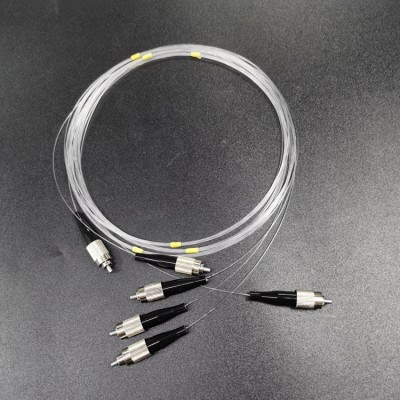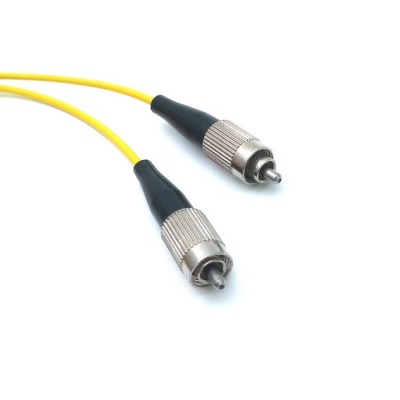



This FC-connected plastic optical fiber patch cable features multi-core diameter adaptability and scenario-specific customization, available in 250um, 500um, and 1000um sizes to precisely meet diverse needs: the 250um offers high transmission accuracy and arc protection, enabling rapid response in power equipment; the 500um balances accuracy and operability, making it suitable for short-haul optical transmission in medical equipment; and the 1000um offers wide optical transmission and easy docking, reducing industrial networking costs.
FC 250UM FC500UM FC 1000UM Plastic fiber optic patch cord fc fiber patch cord



Product Specifications
Interface type: SMA905
Fiber core: Mitsubishi imported optical fiber
Core refractive index: 1.49
Numerical aperture: 0.5
Attenuation loss: 190dB/km
Sheath: transparent/black/yellow; PE/PVC
Length: customizable
The application scope is as follows:
1. Data center:
Campus network and enterprise LAN: In the campus network or the LAN environment within the enterprise, the network connection between buildings or floors, if the distance is within the effective transmission range of multimode optical fiber, FC plastic optical fiber jumper is an economical and reliable choice. It can be used to connect network equipment in different buildings such as teaching buildings, office buildings, libraries, etc., to achieve high-speed network communication within the campus or enterprise.
2. Industrial automation control:
In some industrial automation production workshops or factory environments, various equipment needs to be monitored and transmitted in real time. With its high-speed transmission and good anti-interference ability, FC plastic optical fiber jumper can be used to connect industrial computers, controllers, sensors and other equipment to ensure the stable operation of industrial control systems and accurate data transmission.
3. Test and measurement:
In test and measurement equipment, it can be used to connect precision instruments such as fiber spectrometers, fiber size analyzers, and optical time domain reflectometers to ensure the accuracy of measurement results, and facilitate scientific researchers and technicians to perform fiber performance tests and network fault diagnosis.